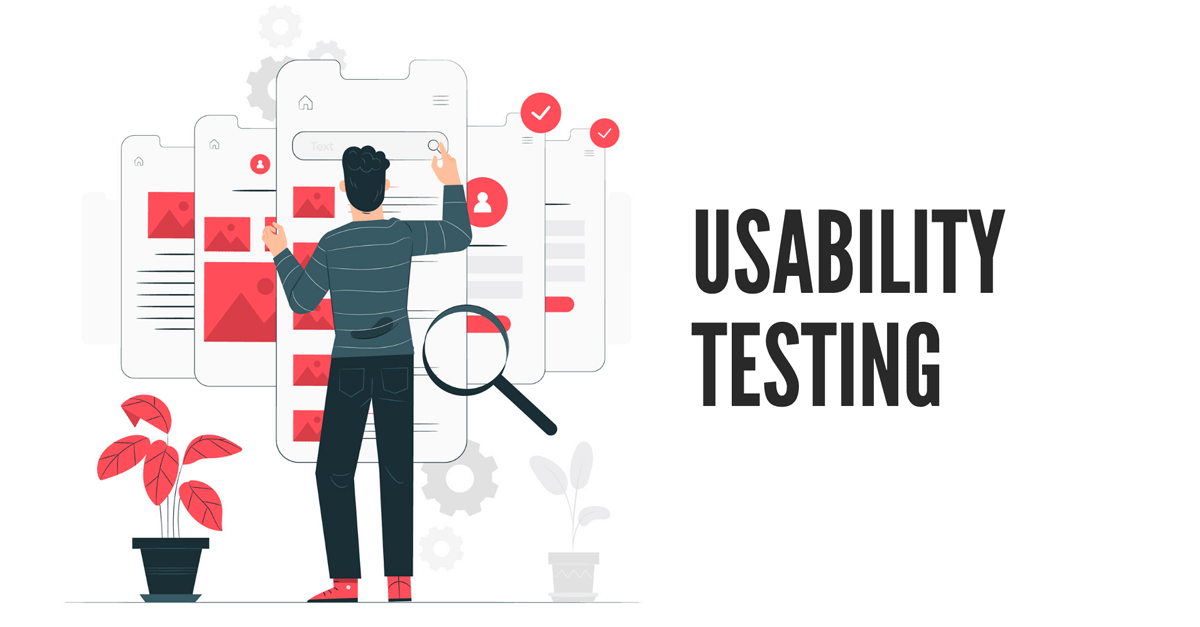In today's digital age, where user experience is paramount, usability testing has emerged as a critical tool for businesses and developers alike. But what exactly is usability testing, and why is it so important? In this blog, we'll delve deep into the world of usability testing, exploring its significance, components, and various methods.
What is Usability Testing?
Usability testing is a research method that evaluates how easy a product, service, or system is to use from the perspective of the end-users. It involves real users performing specific tasks on a product, while observers watch, listen, and take notes. The primary goal is to identify usability problems, gather qualitative and quantitative data, and ultimately improve the overall user experience.
Why is Usability Testing Important?
- Enhanced User Experience (UX): Usability testing provides insights into how users interact with a product. By identifying pain points and areas of confusion, designers and developers can make informed decisions to enhance the user experience.
- Cost-Efficient: Addressing usability issues during the design and development phase is far less expensive than making changes after a product has been launched.
- Increased Conversion Rates: A user-friendly interface can lead to higher conversion rates. If users find a website or app easy to navigate, they're more likely to make a purchase or sign up for a service.
- Competitive Advantage: In a saturated market, a product that offers a seamless user experience can stand out from the competition.
- Reduced Support Costs: A user-friendly product means fewer customer support queries and complaints, leading to reduced operational costs.
Components of Usability Testing
- Test Participants: These are the users who will be testing the product. They should ideally represent the product's target audience.
- Tasks: Specific actions or goals that participants are asked to achieve during the test.
- Test Environment: The setting in which the test takes place. It could be a lab, a user's home, or any other relevant environment.
- Facilitator: An individual who guides the test, providing instructions to participants and ensuring the test runs smoothly.
- Observers: Individuals who watch and listen as participants interact with the product, noting challenges and successes.
- Recording Tools: Devices or software used to capture the test, such as screen recording tools, cameras, or microphones.
Methods of Usability Testing:
- Remote vs. In-Person Testing: Remote testing is conducted over the internet, allowing participants to be anywhere in the world. In-person testing, on the other hand, requires participants, facilitators, and observers to be in the same location.
- Moderated vs. Unmoderated: In moderated tests, a facilitator guides the participant, while unmoderated tests allow participants to complete tasks without direct guidance.
- Hallway Testing: This involves random people (like those in a hallway) testing the product. It's a quick and informal method.
- Think Aloud Protocol: Participants are asked to speak their thoughts aloud as they navigate through the product.
- A/B Testing: This involves comparing two versions of a product to see which one performs better in terms of usability.
- Card Sorting: Participants organize topics into categories, helping designers understand users' mental models and expectations.
- Eye-tracking: This method uses technology to track where participants look when interacting with a product, providing insights into what captures their attention.
Conclusion:
Usability testing is more than just a buzzword in the tech industry; it's a vital tool that can make or break a product's success. By understanding and prioritizing the user's perspective, businesses can create products that are not only functional but also enjoyable to use. As technology continues to evolve, the importance of usability testing will only grow, making it an indispensable tool for any forward-thinking business.
We'd love to hear from you!



